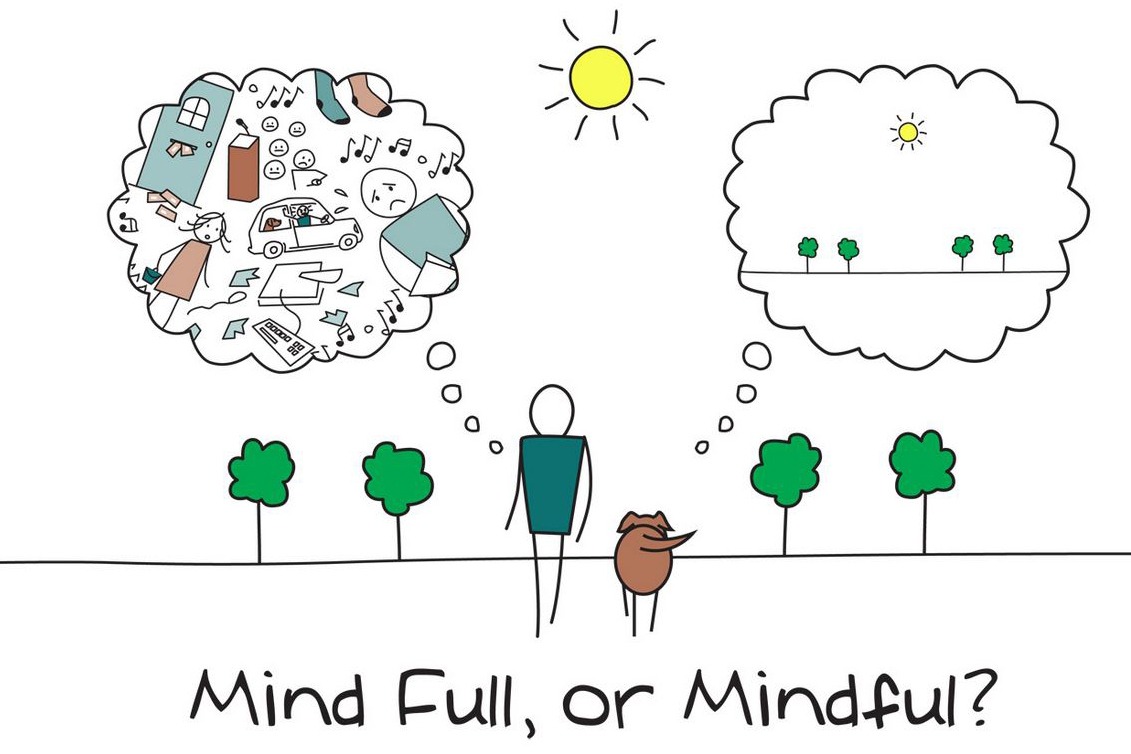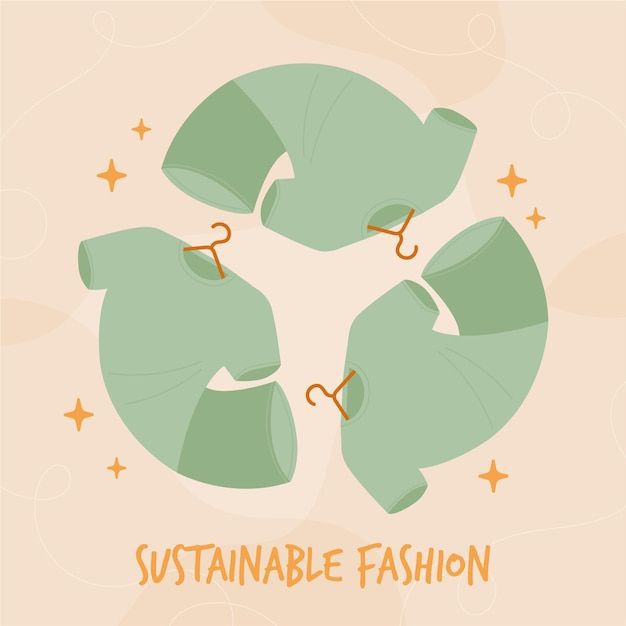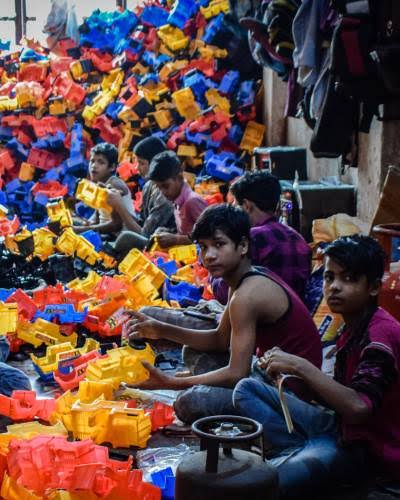Human beings are insatiable when it comes to their needs. They are always running after one thing or the other. According to Buddha, “Craving is like a torch against the wind. the fire will burn you.” (Hanh 2020) Each of us has our own idea of happiness and more often than not, it is defined by materialistic things. The more we buy, the more we crave, and the more toxicity it brings into our lives.






